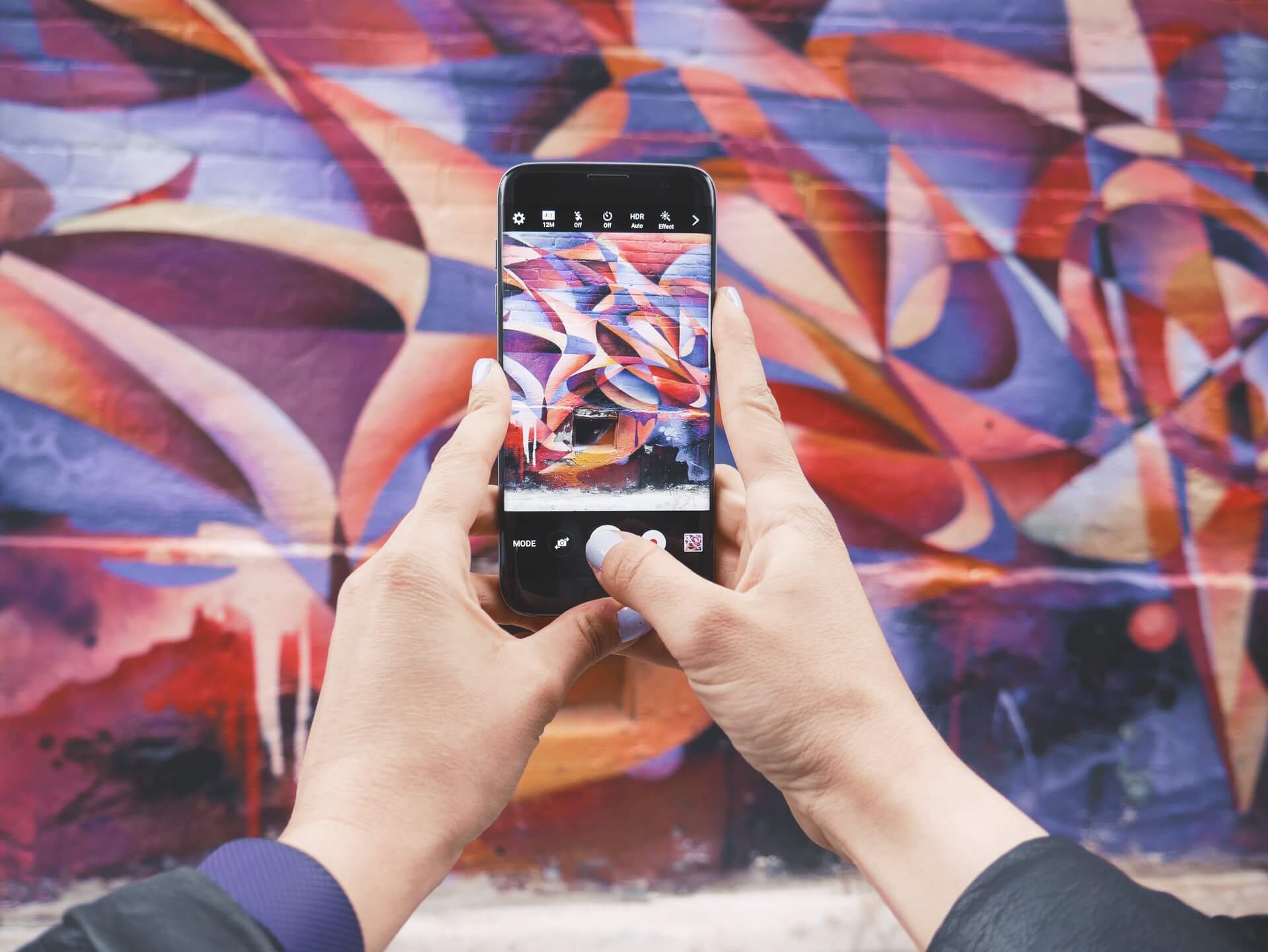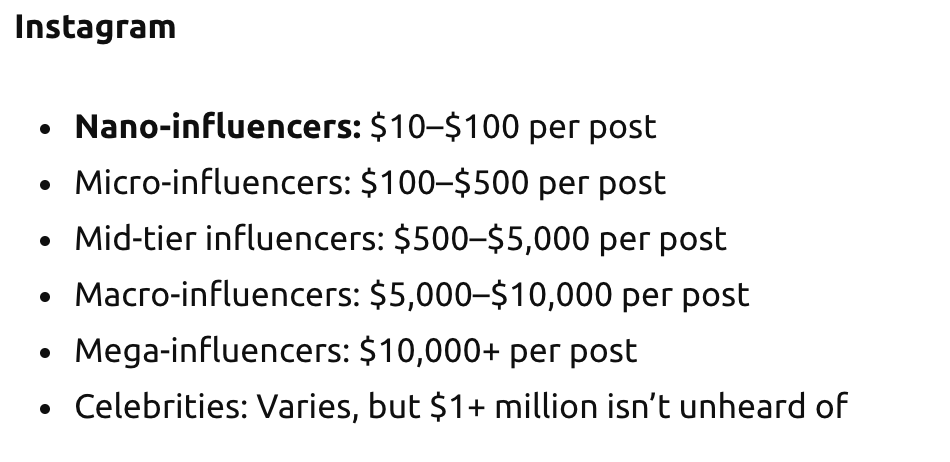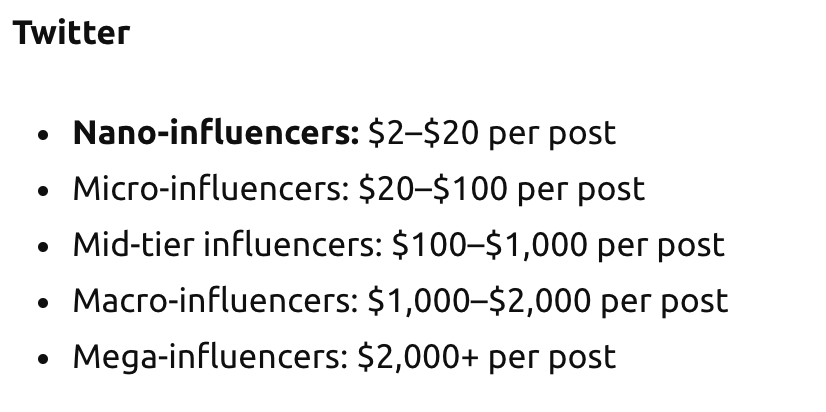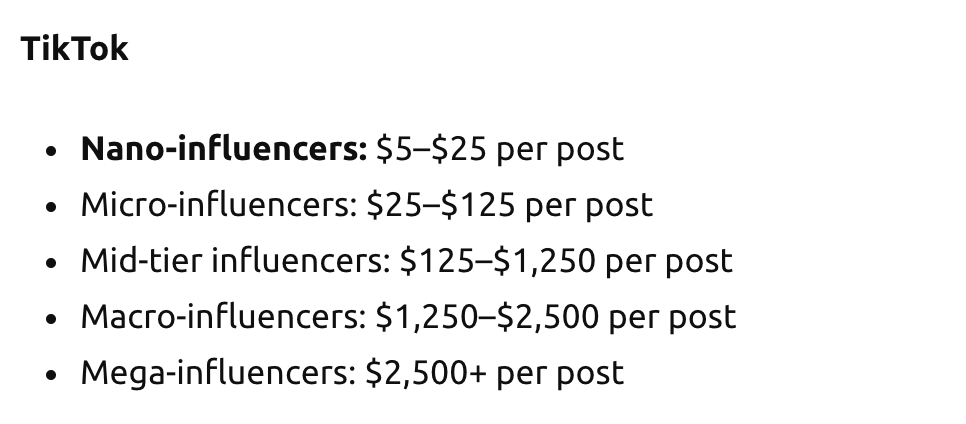Influencer marketing has become the newest craze for businesses big and small: everyone wants a piece of the action! But getting real results might prove harder than it seems. Especially if you don’t know where to start. To help you out, I’ve put together a comprehensive article about the influencer topic and how any business can use them to their advantage.
What is an influencer? What is influencer marketing?
So let’s start from the beginning: an influencer is a person who has extensive knowledge on a topic and who uses their platforms to share said knowledge with others. They are usually well known and the general public rely on them for answers and especially for purchasing decisions. Depending on their niche (the topic they choose to be an expert in) they can have a larger or a smaller loyal audience. When they mostly communicate via social media accounts, podcasts, blogs, vlogs, they become online influencers.
Marketers have noticed that with minimum effort, influencers can encourage their audience to buy certain products and even create trends that can benefit brands and companies. So it wasn’t long before they assimilated influencers into the marketing efforts, creating what we now refer to as influencer marketing.
How to choose the right influencer for your brand?
Micro influencers, Macro influencers and everything in between have been the topic of conferences, podcasts and hundreds of articles, but even so, the point always seems out of reach for smaller business owners. It might be because they don’t know where to start, or maybe because they fear influencer marketing means an inflated marketing budget. Here are my tips on choosing the right influencers for your brand:
- Research, research, research is crucial when choosing an influencer. Make sure to select influencers that have not been involved in public scandals, haven’t discriminated or used hate speech against a minority and, preferably, that aren’t affiliated with your competition.
- Narrow the field by targeting only influencers from the country or region where your services or products are available.
- Know your audience and choose influencers that will resonate with them and that use the same social platforms.
- Check the numbers influencers give you: how many likes, comments and shares branded content gets on their platforms? Are the interactions genuine or does the influencer use bots to create fake ones?
- Discuss payment methods and KPIs and don’t exclude barter opportunities. In return for their support, nano-influencers might be ok with products or services. Bigger more renowned influencers or celebrities will definitely have a rate card to give you.
How much does it cost to use influencers?
One of the biggest questions regarding influencer marketing is: How much does an influencer cost?
The quick answer is: It depends.
The long answer takes into account a number of the factors like: the type of community you want to reach, the size of the niche you are targeting, the size of their following and how engaged they are to the content the influencer is posting, the number of platforms you are targeting and so on.
As I said before, some of the nano or micro influencers might be ok with a barter for just a couple of posts, while the bigger ones will provide you with their price range. Influencer Marketing Hub has some prices posted:
How to know if an influencer campaign is successful?
Once you decide to implement influencer campaigns into your marketing efforts, it would be great if you could track their activity and use KPIs (key performance indicators) to better gauge the success of your investment. Here are some of my favourite KPIs to track:
- Are you looking for awareness? It can be quantified by post reach, video or story views on each of the influencer posts .
- Or maybe an increase in user generated content for your brand? This can be easily tracked if your campaign has a specific #hashtag.
- Do you want to raise traffic on your website or directly get new customers? Website visits from a specific influencer will show more clearly in your analytics if you give them a custom link.
All of these can be measured and quantified in order to learn if an influencer and their community is a good fit for your business.
If you’re one of my clients from Romania, check out the complete list made by MOCAPP on their blog.
Influencer marketing trends that brands are taking advantage of in 2021
- Stories and Live content have been pushed by all social platforms in the last 2 years. This type of visual content, often raw and unfiltered, has given influencers and brands the opportunity to fast target impulsive shoppers, compulsive shoppers and even anxiety driven shoppers.
- Studies have shown the public is starting to search for authenticity in brand interaction, so using influencers could make a brand look more down to earth, more real. Having a long relationship with niche influencers can also provide more stability for the audience.
- Micro influencers and nano influencers bring to the table a significant lower number of followers but brands are not ignoring them anymore! A 2019 report from Later and Fohr, reported that micro-influencers, particularly those with fewer than 25,000 followers, have the highest engagement rates at around 7%.
Influencer marketing is something you should definitely add to your online marketing efforts. With a little bit of research and a good idea of what your clients want, no matter what product or service you offer, soon enough you will find the perfect people to help you promote it.
Photo by Patrick Tomasso













One Comment